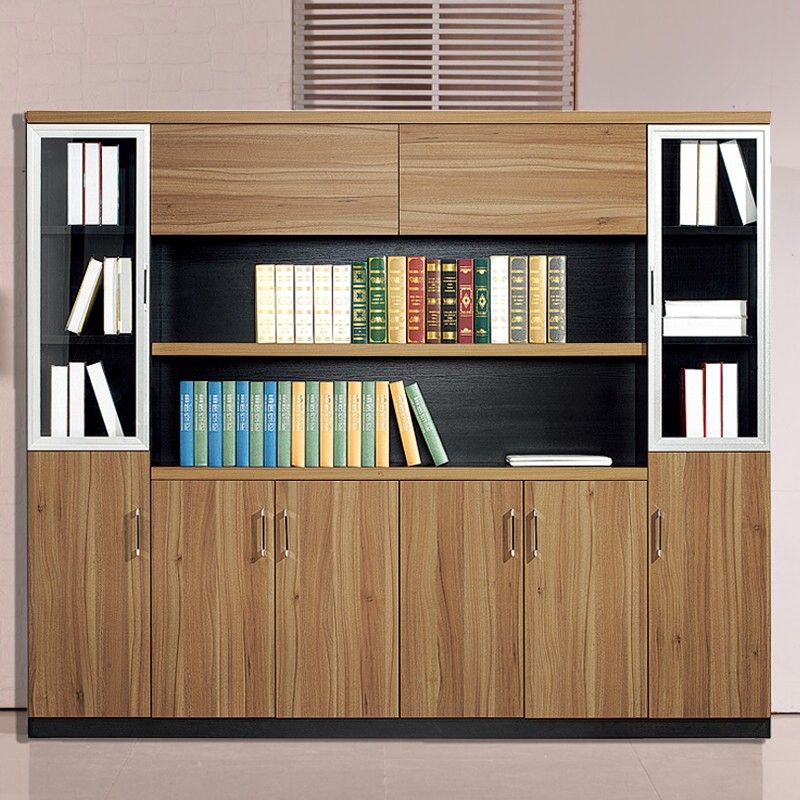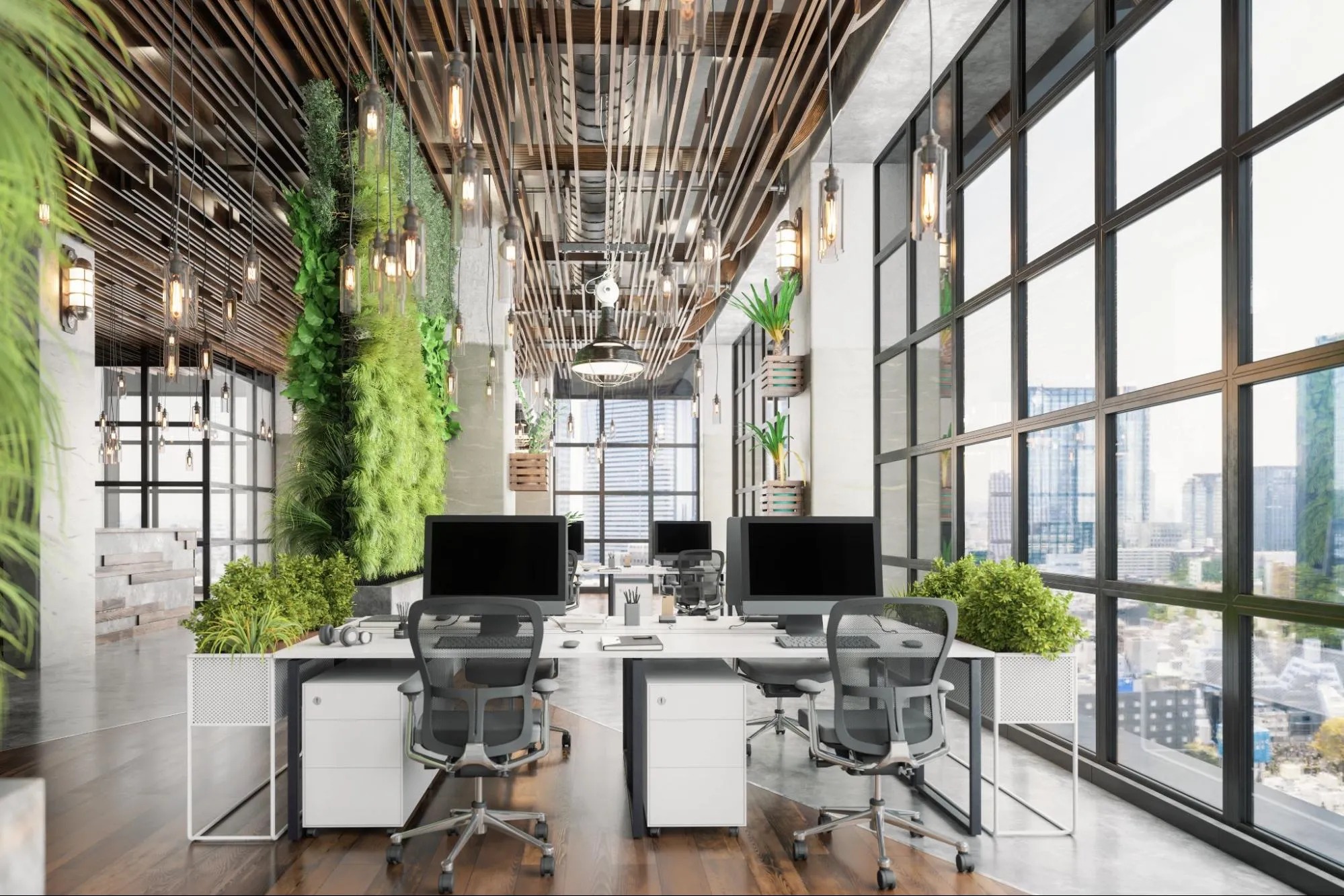Understanding Small Office Cabinet Design

In the realm of small office spaces, maximizing storage and functionality is paramount. This is where small office cabinet design comes into play, offering a crucial solution to efficiently organize and store your office essentials. Beyond practicality, small office cabinets can also elevate the aesthetics of your workspace, contributing to a more cohesive and inspiring environment.
The Importance of Functional and Aesthetic Design, Small office cabinet design
Small office cabinets should be designed with both functionality and aesthetics in mind. A well-designed cabinet should not only provide ample storage space but also seamlessly integrate with the overall design of your office. This ensures that your cabinet is both practical and visually appealing, enhancing your work environment.
Challenges of Maximizing Storage Space in Limited Office Environments
Small office spaces often present challenges in maximizing storage space. Limited floor area, awkward corners, and the need to accommodate a variety of items can make efficient storage a real puzzle. However, with careful planning and the right small office cabinet design, these challenges can be overcome.
Key Considerations for Choosing the Right Small Office Cabinet
When choosing a small office cabinet, several key considerations come into play.
- Space Constraints: The size and shape of your office space will dictate the dimensions and configuration of the cabinet you choose. Carefully measure the available space and consider the height, width, and depth of the cabinet.
- Storage Needs: Determine what items you need to store, including files, documents, office supplies, and electronics. Consider the quantity and size of these items when selecting the appropriate cabinet size and configuration.
- Accessibility: Ensure that the cabinet is easily accessible and that its drawers, shelves, and doors can be opened and closed without difficulty. Consider the height and location of the cabinet to ensure easy access for all users.
- Aesthetics: The style and color of the cabinet should complement the overall design of your office. Choose a cabinet that blends seamlessly with your existing furniture and décor.
- Budget: Set a realistic budget for your small office cabinet. Consider the features, materials, and brand of the cabinet when making your decision.
Popular Small Office Cabinet Designs

Small office cabinet designs vary greatly in their functionality and aesthetics, offering a wide range of options to suit different needs and preferences. Understanding the different types and features of small office cabinets is essential for choosing the best fit for your workspace.
Types of Small Office Cabinets
Different types of small office cabinets are designed for specific purposes and storage needs. Here’s a table comparing and contrasting some popular designs:
| Type | Description | Advantages | Disadvantages |
|---|---|---|---|
| Vertical File Cabinets | Tall, narrow cabinets designed primarily for storing hanging file folders. | Efficiently store large volumes of files, offer ample vertical storage space, and are often available in various sizes. | Can be bulky and take up valuable floor space, not ideal for storing bulky items, and may require additional shelving for other items. |
| Lateral File Cabinets | Wide, low cabinets designed for storing files in drawers that slide out horizontally. | Offer easy access to files, provide more horizontal storage space, and can be used for storing various items. | May require more floor space than vertical cabinets, not as efficient for storing large volumes of files, and can be more expensive. |
| Rolling Cabinets | Mobile cabinets with wheels that allow for easy movement and flexibility. | Highly versatile and portable, can be moved around the office as needed, and are available in various sizes and configurations. | May not be as sturdy as fixed cabinets, can be more prone to tipping, and may not be suitable for storing heavy items. |
| Credenzas | Large, multi-purpose cabinets that often feature a combination of drawers, shelves, and doors. | Offer a wide range of storage options, can be used as a desk or work surface, and provide a stylish and professional look. | Can be bulky and expensive, may require more floor space, and may not be suitable for smaller offices. |
Materials Used for Small Office Cabinets
The material used for small office cabinets plays a significant role in their durability, aesthetics, and cost. Here are some popular materials and their advantages and disadvantages:
- Wood: A classic and timeless material known for its durability, warmth, and natural beauty. It can be stained or painted to match any décor.
- Advantages: Durable, aesthetically pleasing, and can be customized with various finishes.
- Disadvantages: Can be more expensive than other materials, susceptible to scratches and dents, and may require regular maintenance.
- Metal: A durable and long-lasting material that is resistant to rust and corrosion. It is often used for file cabinets and other heavy-duty storage units.
- Advantages: Durable, resistant to rust and corrosion, and relatively inexpensive.
- Disadvantages: Can be heavy and difficult to move, may be prone to scratches and dents, and can be cold to the touch.
- Laminate: A durable and affordable material that is available in a wide range of colors and patterns. It is often used for desk surfaces and cabinet doors.
- Advantages: Durable, scratch-resistant, and available in a wide variety of styles and colors.
- Disadvantages: Can be less durable than wood or metal, may be susceptible to water damage, and can be difficult to repair.
Common Features of Small Office Cabinets
Small office cabinets often feature various features to enhance their functionality and storage capacity. Some common features include:
- Drawers: Provide organized storage for files, documents, and other office supplies. They can be various sizes and configurations, including letter-size, legal-size, and even specialized drawers for specific items.
- Shelves: Offer versatile storage options for books, binders, and other items. They can be adjustable to accommodate different heights and sizes.
- Doors: Protect stored items from dust and debris, and can be either hinged or sliding. Some cabinets may have glass doors to allow visibility of contents.
- Locks: Provide security for sensitive documents and valuables. They can be key-operated, combination locks, or electronic locks.
Tips for Designing and Using Small Office Cabinets Effectively: Small Office Cabinet Design

Small office cabinets can be a valuable asset for maximizing storage space and keeping your workspace organized. But, to truly benefit from them, you need to design and use them effectively. This involves considering the layout, organization techniques, and maintenance practices to ensure they serve their purpose efficiently.
Designing a Small Office Cabinet Layout for Maximum Storage
Effective layout design is crucial for maximizing storage capacity and minimizing clutter in small office cabinets. It involves strategic placement of shelves, drawers, and other storage components to optimize space utilization.
- Vertical Space Utilization: Utilize the vertical space to the fullest by incorporating shelves that reach the ceiling. This maximizes storage capacity without taking up valuable floor space.
- Adjustable Shelves: Opt for adjustable shelves that can be rearranged based on the size and shape of items you need to store. This flexibility ensures you can accommodate different items and adjust the storage configuration as your needs evolve.
- Drawer Optimization: Designate drawers for specific categories of items. For example, you could have a drawer for stationery, another for files, and a third for electronic devices. This keeps similar items together, making it easier to locate them.
- Maximize Corner Space: Don’t neglect corner space. Consider incorporating corner shelves or cabinets to utilize this often-overlooked area for additional storage.
Effective Organization Techniques for Small Office Cabinets
Organization techniques are vital for maintaining order and efficiency within your small office cabinets. By implementing effective methods, you can easily find what you need and prevent clutter from accumulating.
- Dividers and Trays: Use dividers and trays within drawers to separate and organize smaller items. This keeps things organized and prevents them from getting lost or mixed up.
- Labels: Label drawers, shelves, and bins clearly to identify the contents. This makes it easy to find what you need quickly, eliminating the need to rummage through multiple compartments.
- Vertical Space Utilization: Utilize vertical space within drawers and shelves by using stacking trays, file organizers, and other vertical storage solutions. This allows you to store more items in a smaller footprint.
- Clear Bins: Use clear bins or containers for storing items that need to be visible. This allows you to quickly see what’s inside without having to open each container.
Maintaining and Cleaning Small Office Cabinets
Regular maintenance and cleaning are essential for ensuring the longevity and functionality of your small office cabinets. By following these tips, you can keep your cabinets in good condition and prevent them from becoming cluttered or damaged.
- Dust Regularly: Dust shelves, drawers, and the cabinet exterior regularly to prevent dust buildup. This will keep your cabinets looking clean and prevent dust from accumulating on your belongings.
- Organize and Declutter: Regularly review the contents of your cabinets and declutter items you no longer need. This will free up space and keep your cabinets organized.
- Clean with a Damp Cloth: Use a damp cloth to wipe down the interior and exterior of your cabinets. Avoid using harsh chemicals that could damage the finish.
- Check for Damage: Inspect your cabinets regularly for any signs of damage, such as loose hinges, broken shelves, or peeling paint. Address these issues promptly to prevent further damage.
Small office cabinet design is all about maximizing space and functionality. A well-designed cabinet can transform a cluttered workspace into an organized haven. If you’re looking for a compact and efficient solution, consider the craftsman 28 wall cabinet , which offers ample storage in a space-saving design.
With a little planning and creativity, you can create a small office cabinet design that meets your specific needs and inspires you to work your best.
Just like maximizing space in a small office with clever cabinet design, you can achieve the same sense of efficiency in your kitchen. Don’t let limited square footage limit your culinary dreams! Explore the innovative solutions for kitchen cabinets for small space and discover how even the smallest kitchen can become a functional and stylish haven.
These same principles of maximizing vertical space and utilizing every inch can be applied to your office, creating a workspace that’s both productive and visually appealing.
